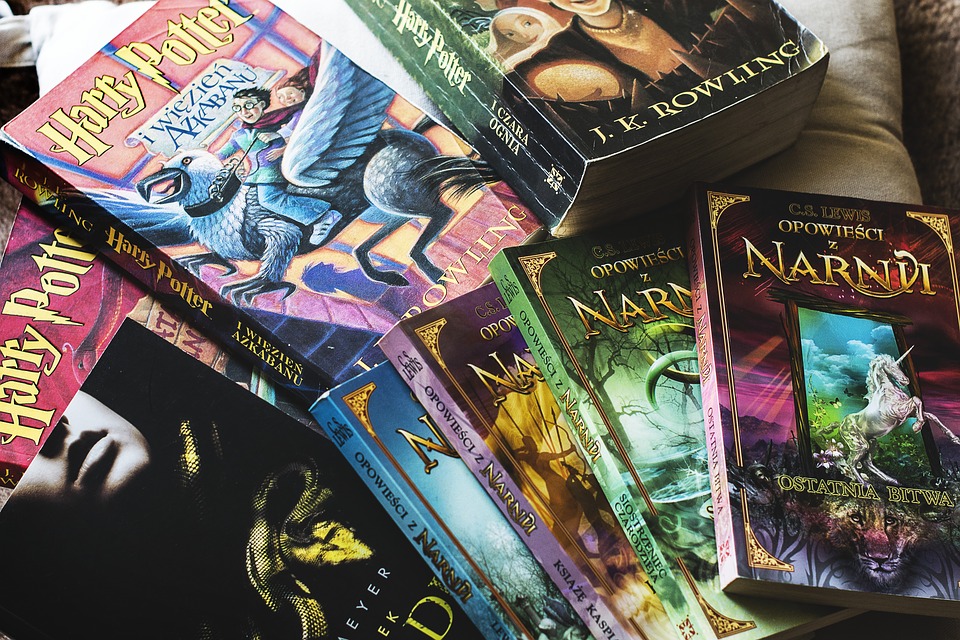How many individuals do you know? We mean know ‘well’: their feelings, personality traits, behavior patterns, etc. One hundred? A few hundred? If you are not very sociable, your answer might be a few dozen, for example. However, we’ll bet that you don’t realize how many persons you actually know well.
Wonder Woman, Harry Potter, Dorian Grey, Ophelia, Sponge Bob, Batman, and Mickey Mouse – we can continue this list forever, but you’ve probably got our message. Aren’t they individuals? Do you know how they look and how they act? Now, think again about the number of individuals you know.
You may tell that these characters are not real, but does it really matter? Of course, you can’t communicate or interact with them. On the other hand, you can share their beliefs and feelings, worry about their fate, and learn important lessons from them.
We rely on analysis when we want to learn more about our favorite heroes and heroines. Everything is much easier if we are interested in analyzing. If you are not lucky enough, a strict instructor will require a character analysis essay about the hero who doesn’t awake any warm feelings in your soul. This is a common assignment for students who study literature, fine arts, and psychology. All you need to manage it properly is to follow the guidelines on how to write a formal essay according to academic standards and use helpful tips from this article. Let’s figure out how to write a character analysis essay correctly.
Table of contents
- Where to get ideas for character analysis essay
- Character analysis essay writing step 1 - identify character type
- Character analysis essay writing step 2 - describe the character
- Character analysis essay writing step 3 - conflict
- Character analysis essay structure
- Character analysis essay writing tips
- Character analysis essay writing help from the experts
Where to get ideas for character analysis essay

Character analysis essay writing step 1 – identify character type
Our minds are full of stereotypes and stereotypical characters. You can often hear phrases like “he is a typical romantic” or “she is a typical rebel.” Every piece of fiction is somehow based on real life. Reality is the mother of any fantasy world. That’s why our stereotypes and evaluation reflect in literature and movies.
When we meet a new person (let’s call her Pam), we automatically try to identify her, define her “type”: party girl, housewife, romantic, princess, etc. Sure, such evaluation is biased and weak, but it’s only the first step.
The same applies to fictional characters: first of all, you need to identify character type. Check out our guide on 10 types of fictional characters!
1. Protagonist
A protagonist is a hero who stands at the epicenter of the novel or movie: Peter Pan, Frankenstein, Faust, etc. As a rule, character analysis essays about them are frequently assigned by instructors.
Usually, it is a good and amiable hero but not necessarily. For example, Macbeth is the protagonist of the Shakespearean play, but this fact doesn’t make him a good person, right. There is one secret: as you see, all names of protagonists mentioned above are at the same time the titles of books. If the character’s name is a title, he or she is almost always a protagonist. Of course, exceptions exist (e.g. Coco in the animated cartoon “Coco” is not the protagonist but his great-grandmother), so be attentive.
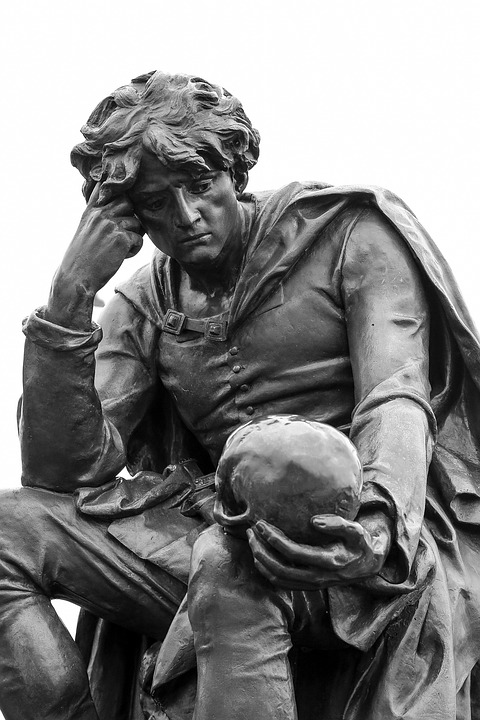
2. Antagonist
The pretty Greek word “?νταγωνιστ?ς” (antagonist) is the antonym of the word protagonist. Consequently, the antagonist is a hero who stands against the protagonist. By analogy with the previous type, antagonists are not always bad. Still, the most famous of them are villainous: Lord Voldemort, Maleficent (the original version, not the one portrayed by Angeline Jolie), Captain Hook, etc.
ATTENTION! An antagonist is not always a concrete person. In general, it can be anything that spoils the protagonist’s life: forces of nature, fate, society, machine, and even animal.

3. Dynamic
Changes are natural. Our life is not stable, so the characters that evolve throughout the story seem more real. They’re called “dynamic characters.” A protagonist should always be a dynamic character, as the main hero who doesn’t change at all is not interesting and flat. Usually, major characters are also dynamic; they may evolve along with the protagonist. When you write a character analysis essay about dynamic character, make sure that you’ve described all stages of his or her evolution/degradation.
The classic example of dynamic character is Rodion Raskolnikov in the novel “Crime and Punishment” by Fyodor Dostoevsky. He’s got a long way to go: from the murder and suffering to repentance. Another example of dynamic character is Dorian Gray in the novel “The Picture of Dorian Gray” by Oscar Wilde. In that case, the hero goes through degradation. At the beginning of the story, he is a naïve and young boy. In the end, Dorian becomes a murderer and libertine (sorry for spoilers).

4. Static
Static characters are also called unchanging. As a rule, they are minor characters who interact with the protagonist or major heroes to highlight their qualities or actions. Unchanging characters are not supposed to be protagonists, as their inner world is of no interest for readers. Static heroes are typical for folklore and fairytales where they can be protagonists. Such literature is simple and not aimed at deep analysis but at homily or entertainment.
A good example of a static character is the White Rabbit in the book “Alice’s Adventures in Wonderland” written by Lewis Carroll. He is always the same: fussy, nervous, and cowardly.

5. Major
There is always one protagonist in any story, but he or she can be surrounded by other major characters. Surprisingly, the majority of antagonists are major characters, as they frequently appear on the screen or on the pages of the book interacting with the protagonist. Every major character may have his or her plot line that intertwines with the line of the protagonist. When the protagonist has one or two friends, you can be sure that they are major characters, like Hermione and Ron in “Harry Potter” by J. K. Rowling.

6. Minor
Actually, stories without minor characters exist. These character types are not necessary, especially when it comes to stories about lonely journeys or self-discovery. However, they add to the development of complex stories, though they are normally static. They also may contrast with major characters to underscore their positive traits (in case the minor one is a villainous hero). Normally, you pick two or even three minor characters to write a character analysis essay as such heroes are not portrayed in detail.
Good examples of minor characters that you can easily identify are sidekicks of antagonists: hyenas in “The Lion King,” Harley Quinn in comics about Batman and Joker, or the parrot Iago in “Aladdin.”
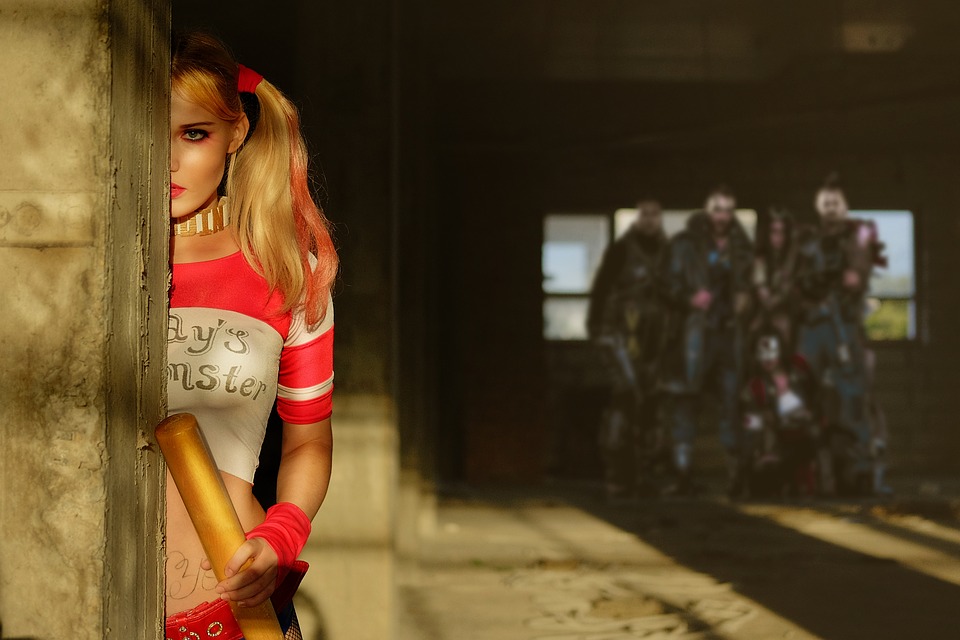
7. Round
Of course, we don’t mean their geometric shape. You must agree that would be weird. Round characters are well-developed life-like heroes. They are multi-layered, so don’t expect that you’ll understand their ideas and thoughts at once. Such heroes are interesting for readers, as it’s not always easy to predict their actions. In high-quality stories, all protagonists along with major characters should be round. Sure, that doesn’t apply to children’s literature where the characters can be simply identified as bad and good ones.
A great example of the round character is Nora Helmer in “A Doll’s House” by Henrik Ibsen. At first sight, she is a pretty small-minded housewife who can’t even raise her kids on her own. Later, we discover that Nora is not that simple. We see that she is a hard-working, caring, and strong woman who is a victim of circumstance and gender stereotypes.
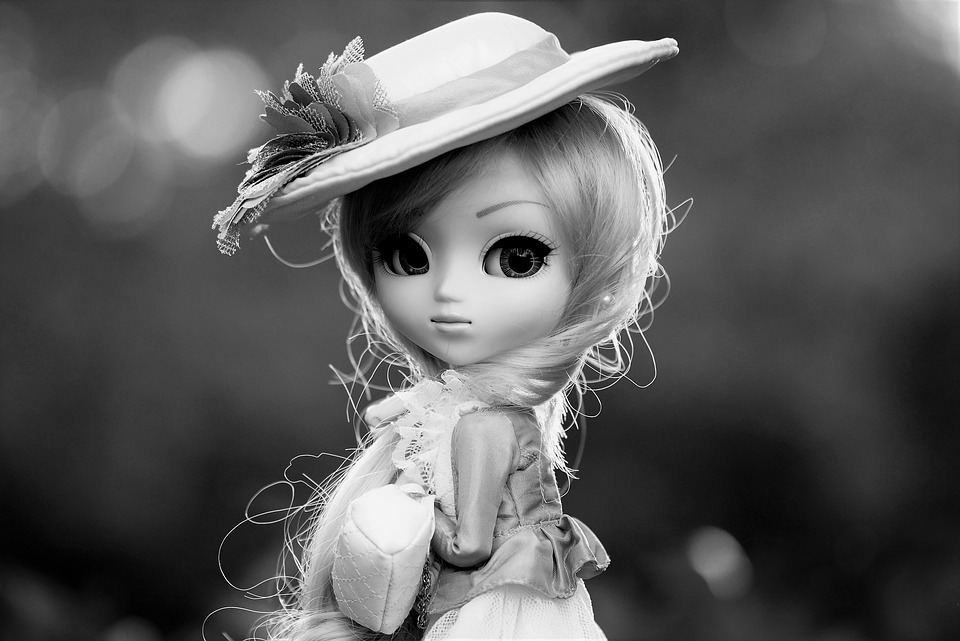
8. Flat
The inner world of such characters is as plain as day. As a rule, they have only one major quality that determines all their actions and beliefs. If the main hero of the book is flat, there are two options: it’s either a bad book or a fairy tale. Flat characters lack depth because they are one-dimensional, and you can see them only from one perspective. Such type is good for children’s literature where every character is not a personality but a generalized idea.
Almost all villainous characters in fairy tales are flat: Ursula in “The Little Mermaid,” the Evil Queen in “Snow White,” and The Shadow Man in “The Princess and the Frog.” They are bad because they are bad, and that’s all of the story.
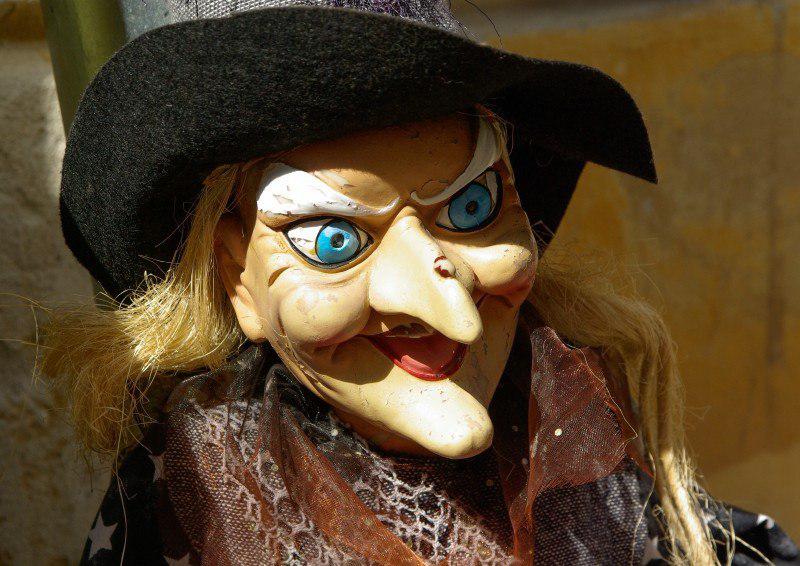
9. Stereotypical
You can know everything about a stereotypical character from the first sight. Their actions and thoughts are determined by their appearance, job, gender, or social role. For example, a stereotypical villain of modern pop-culture is always associated with dark colors and a good sense of humor. A stereotypical crazy scientist has to wear a white lab coat, speak indistinctly, and has a messy hairstyle. There are no stereotypical characters in real life, though all of us like to label everyone with concepts like “macho man,” “princess,” “bully,” “rebel,” and so on.
Scriptwriters generally use stereotypical characters in teen movies where everything has to be simple and understandable. Any movie about school life has such heroes: captain of the football team, cheerleader, nerd, outcast, the queen of the school, etc. We don’t recommend you to pick these characters for your character analysis essay as there is actually nothing to write about.
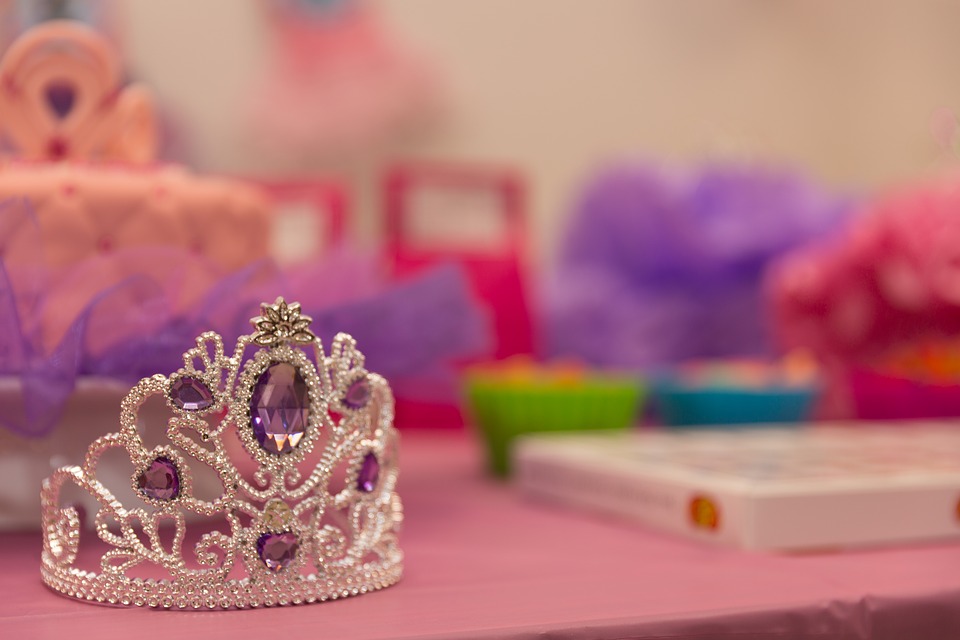
10. Foil
A foil character contrasts with the major character. The only goal of such characters is to highlight and underscore some quality of the protagonist. At the same time, they are not antagonists. They don’t fight against major characters: they are just different and not necessarily bad. As a rule, a foil charactercan be considered as the protagonist’s “alter ego” or embodiment of his or her hidden side.
In the novel “Pride and Prejudice” by Jane Austen, all Elizabeth’s sisters are her foils: Jane’s gentle nature contrasts with Lizzy’s ironical manners; Mary’s obsession with books contrasts with Elizabeth’s ability to judge things independently; Lydia’s carelessness and silliness contrasts with the wisdom and logical reasoning of her elder sister.

For our favorite readers, we’ve created a few principles that will help you to identify character types:
- If your character is a protagonist, he or she is also dynamic, major, and round (as a rule);
- If your character is flat, he or she is also minor, or stereotypical (as a rule);
- If your character is an antagonist, he or she is also a foil (as a rule).
As you see, there are always exceptions, so be accurate and attentive while identifying your character’s type.
Finally, you have enough information about every character type. Still, identifying the type is just the first stage in character analysis essay writing. Let’s move on to the next stages and explore more recommendations on how to write an essay that your teacher and peers will remember for a long time. Let’s take a closer look at two other stages of analysis and create a simple character analysis essay outline!
Character analysis essay writing step 2 – describe the character
We hope that the first step won’t be difficult for you. Describing character can be much more complex, though you’ll deal with it quickly using our outline! Remember that you can provide an excellent character analysis essay only if you’ve read the book or watched the movie! And don’t forget to take notes in order to include all detail in your sample. When you have all the relevant quotes and evidence that describe a particular character, it will be easier for you to formulate the main idea of your essay. Also, you can use our thesis generator free tool to craft a concise and clear statement. Follow this character analysis essay outline to make sure that you’ve depicted your character properly.
Character analysis essay outline:
- Name, book/movie, author/film director/ctor.
- Character type/types (one character may represent more than one identity).
- Appearance: face, stature, sight, cloth, skin, walk, posture, voice, manners.
- Major personality traits: principles, ideas, attitude, beliefs.
- Changes throughout the story (if dynamic): differences before, during, and after the turning point, motivation, speed (changes slowly or suddenly), visibility (changes obviously or discreetly), how the attitude of other characters changes.
- Symbolic meaning.
- Historical relevance.
- Portrayal in other pieces of art.
You’ve done it all, right? Let’s move on to the next and final stage of our character analysis essay writing!
Character analysis essay writing step 3 – conflict
A conflict is not necessarily something huge like war, murder, divorce, or betrayal. A difficult choice, bet, or misunderstanding are also conflicts that may reveal the hidden character traits or motivate the hero to change his or her views, behavior, or attitude.
All possible conflicts are of two types: external or internal. External conflicts take place “outside” the character’s inner world. The character can stand against another character or group of characters, whims of fate, natural forces, wild animals, artificial intellect, etc. Internal conflicts are usually focused on the ethical dilemma that the character needs to solve. Such conflicts are possible only if the character is round and dynamic.
Defining conflict can be difficult especially if there are two or more of them. However, this stage is the most significant for your character analysis essay as it reveals the meaning of the hero for the plot. Therefore, the evaluation process of your essay heavily depends on how well you manage to analyze this conflict. Note that we have a free GPA calculator to help you get a better understanding of your current academic achievements.

Character analysis essay structure
After we’ve figured out all nuances related to character types and steps of writing a character analysis essay, it is now the right moment to tell a few words about its structure.
Introduction
As any other essay, you’d start your character analysis essay with a catchy and relevant introduction. Don’t forget to compose an interesting hook and exhaustive thesis statement. Include general information about the character: name, author, book/movie title, character type.
Main body
This part consists of two main parts. Firstly, you describe the character in details according to the character analysis essay outline provided above. Then, define and analyze the conflict/conflicts in relation to the hero. Remember that you should divide the whole text into paragraphs to improve the readability of your essay. Include a topic sentence and a piece of evidence in each section.
Conclusion
Restate each section in your final paragraph. Don’t copy your thesis statement word-for-word. Use paraphrasing in order to avoid self-plagiarism. Compose a strong concluding statement on your character. Don’t hesitate to ask our writers for help whenever you get stuck during the writing process. They will be glad to guide you through the most challenging stages. To place your order faster, you can use a pages to words converter to define the exact number of pages you need.
Character analysis essay writing tips
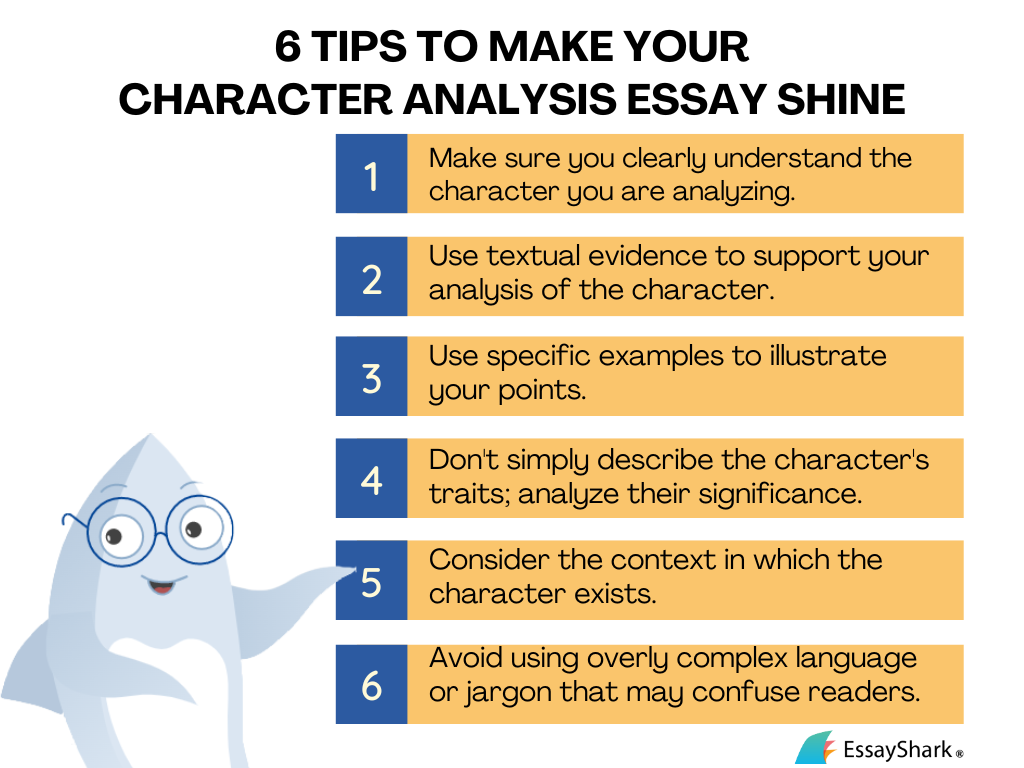
Now, our guide on how to write a character analysis essay is completed! Such assignments are much more interesting and helpful than any other ones. When you learn how to analyze fictional characters, you also develop your skills of understanding people around you. Take a closer look at your friends! Maybe, you’ll notice a real princess or knight among them.
Character analysis essay writing help from the experts
If writing a character analysis essay seems to be too difficult for you, you’re welcome to use our essay writer service, EssayShark.com. Our writers are experienced and knowledgeable, so every character analysis essay example that they produce is informative and well structured. Don’t hesitate to contact our team anytime, as we’re available 24/7! You may also use the mobile version of our custom writing service to always keep in touch with our specialists.
Order essay from us right now!

